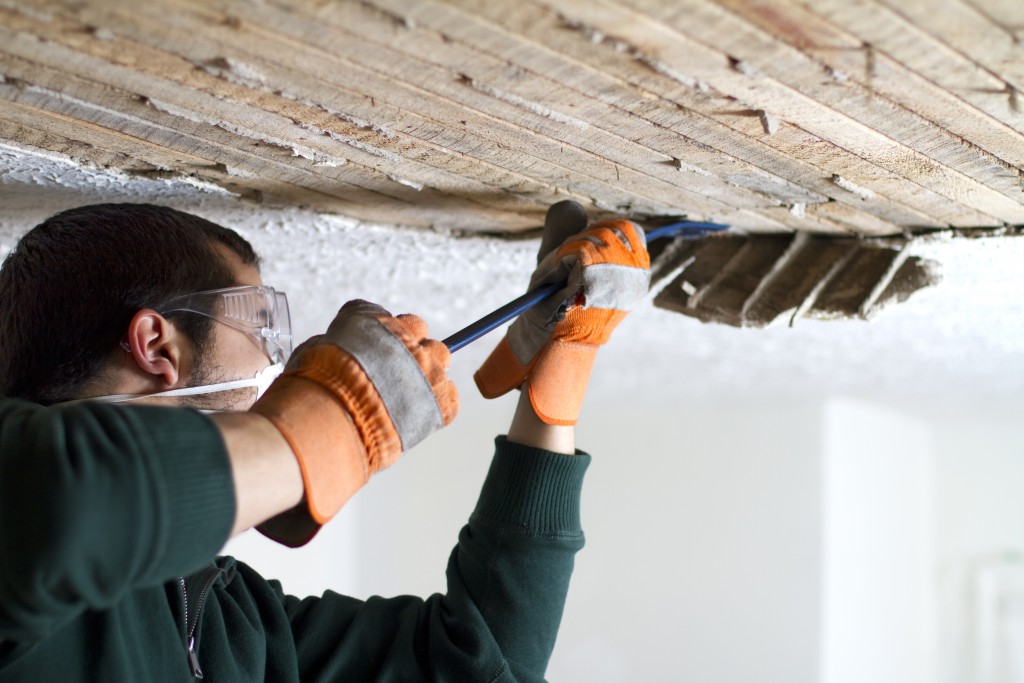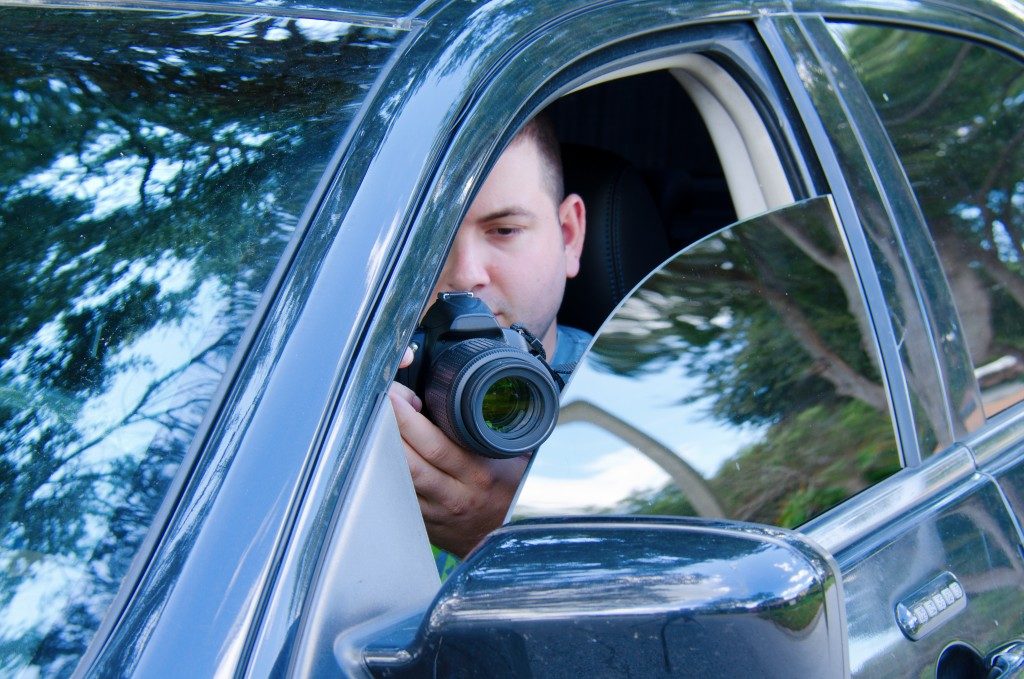While it may be one of the smallest organs in your body, the eyes fulfil the essential function of vision. Many people may take that for granted, but for workers and professions in specific industries, eyesight is something that is highly valued and protected.
Data from Safe Work Australia show that from 2016 to 2017, over 700 workers filed for compensation due to eye injury. Such wounds typically do not result in fatalities; however, they can be severely debilitating. Without eyesight, it’s almost impossible to carry out normal functions in daily life.
What are some industries where there is a serious risk from eye injuries, and what steps can employers and employees take to prevent them?
Construction
According to the Australian Safety and Compensation Council, work-related eye injuries are frequently sustained by construction employees. There are several risks to look out for. Constructions sites are rife with sharp tools and objects that can be potentially mishandled or accidentally hurled at a person. Dust particles are relatively common and can irritate the eyes. Additionally, corrosive substances may be present.
Manufacturing
Whether it’s building electronic components or transporting clothing fabrics, the manufacturing industry encompasses a broad range of activities. What’s common throughout is the workflow, which usually involves the process of assembling, processing, and packaging certain products with the aid of machines.
Misuse of machines and heavy equipment may result in minor or severe eye injuries. Raw materials that produce dust or harmful chemicals may find their way into the eyes of unsuspecting workers. Manual assemblers, machine operators, and others may find their eyesight at risk without the right personal protective equipment (PPE) for the eyes.
Healthcare
Viruses and other micro-organisms can enter the body of a person through several entry points like the nose, mouth, and eyes. Medical professionals are at an increased risk of unwanted viral or bacterial exposure from working closely with open wounds and infected patients.
With COVID-19 currently wreaking havoc on entire countries and health systems, it’s crucial for doctors, nurses, physical therapists, and other similar workers to exercise the utmost caution.
Office Work
Industries that mostly execute office-based work are also not exempt from potential injuries to the eyes. The primary source of risk involves excessive exposure to blue light emanating from computer screens and monitors. While it may seem harmless at first glance, spending seven hours or more starting at digital interfaces can severely strain the eye.
Precautions for Better Eye Protection

When it comes to eye safety in the workplace, there are several action steps you can take.
First, depending on the specific industry you belong to, make sure to wear the appropriate PPE safety glasses, whether it’s welding, handling volatile chemical substances, or staring at a computer monitor, to find the optimal eye protection suitable to a particular activity.
Next, plan and mitigate the likelihood of risk from certain hazards. For instance, heavy machinery should be regularly maintained and checked for malfunctions. Ensure other, less complicated equipment are also in good working condition. When working in dusty areas, utilise exhaust fans and other similar devices to keep dust from interfering with vision.
Lastly, organising regular training refreshers will remind employees about the proper usage of dangerous equipment and materials. While acquiring appropriate gear and controlling risk factors are essential, honing the right behaviours in the workplace is even more critical in safeguarding workers.
If companies in these industries take the necessary steps to ensure the safety and protection of the employees, injuries and accidents won’t have to occur and endanger someone’s life.



